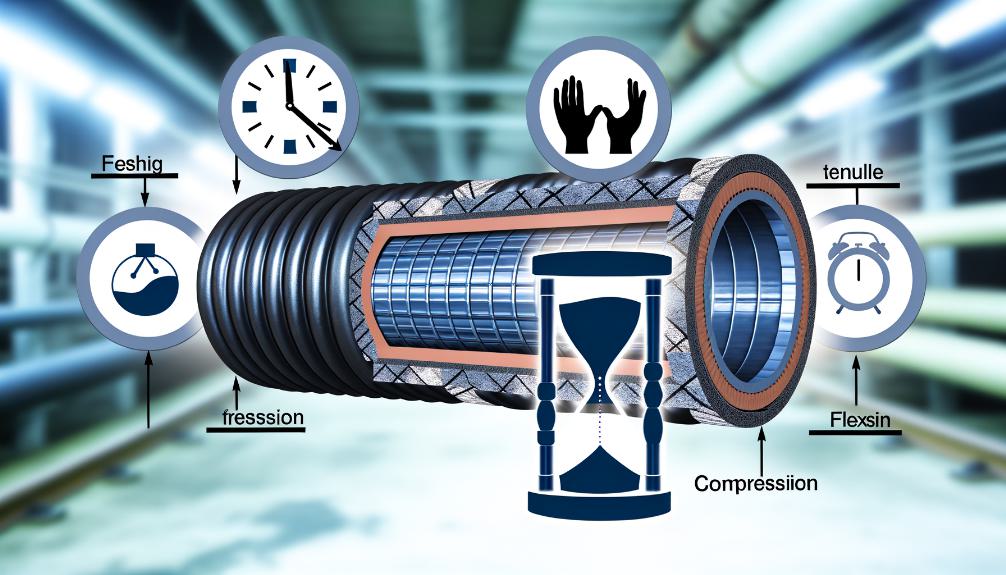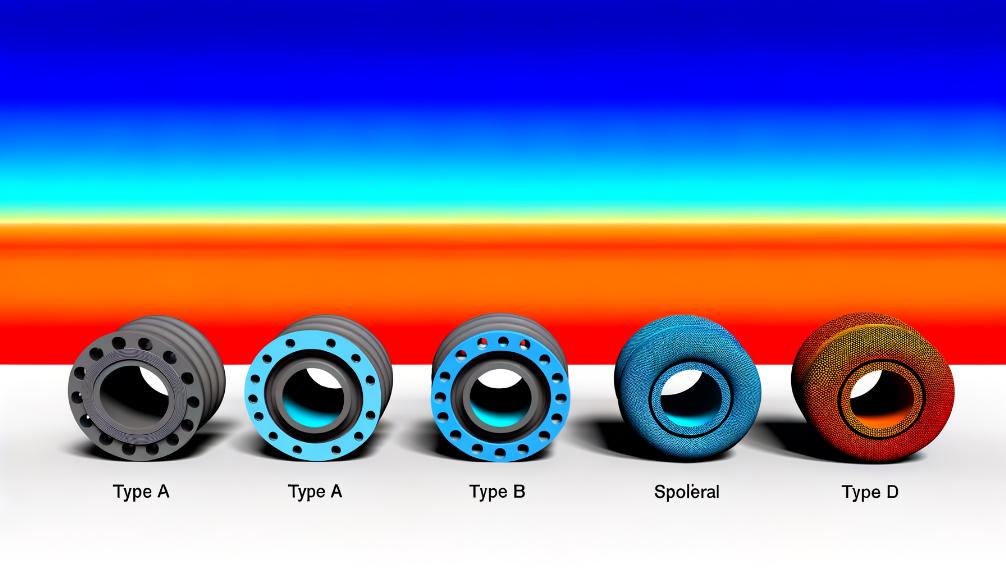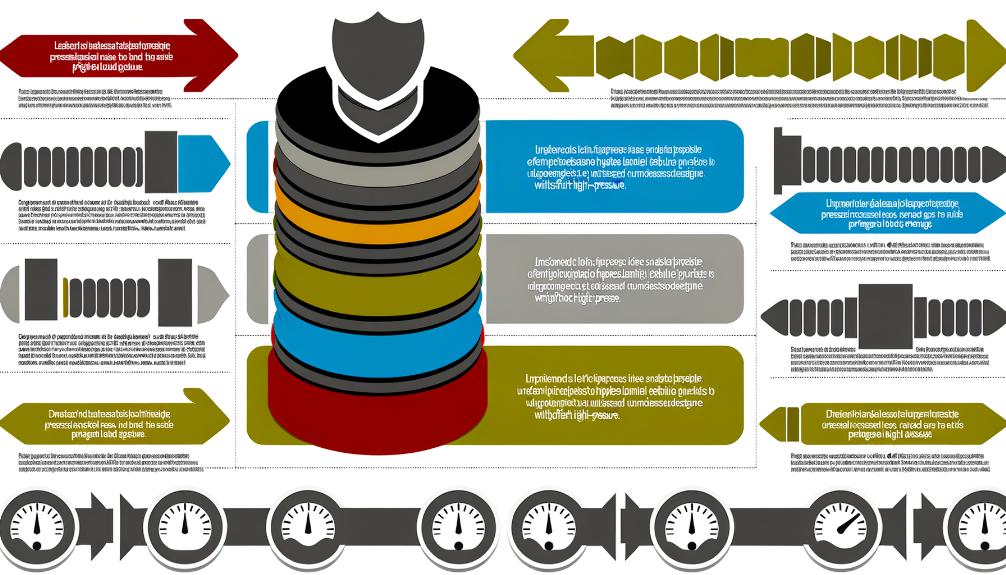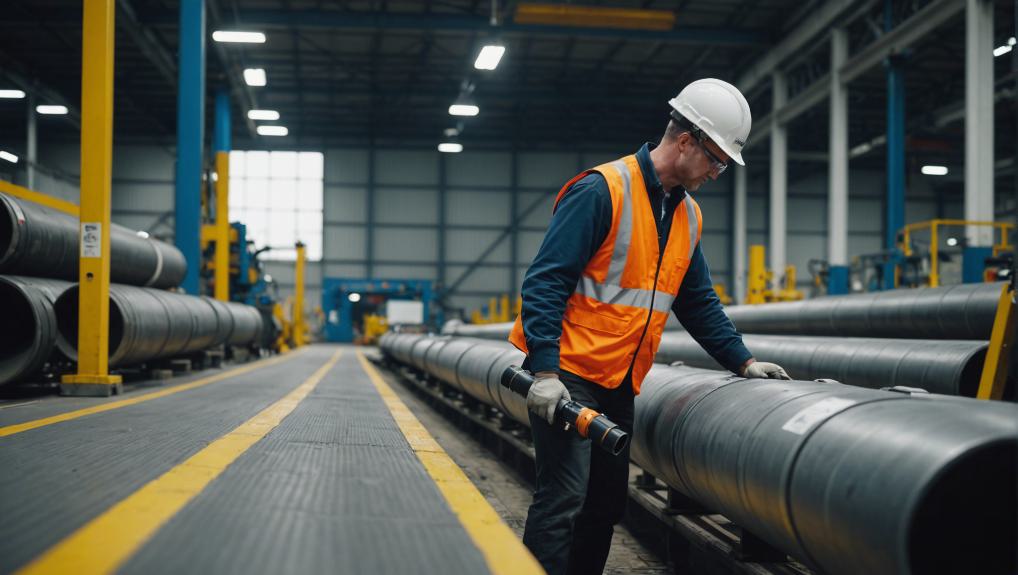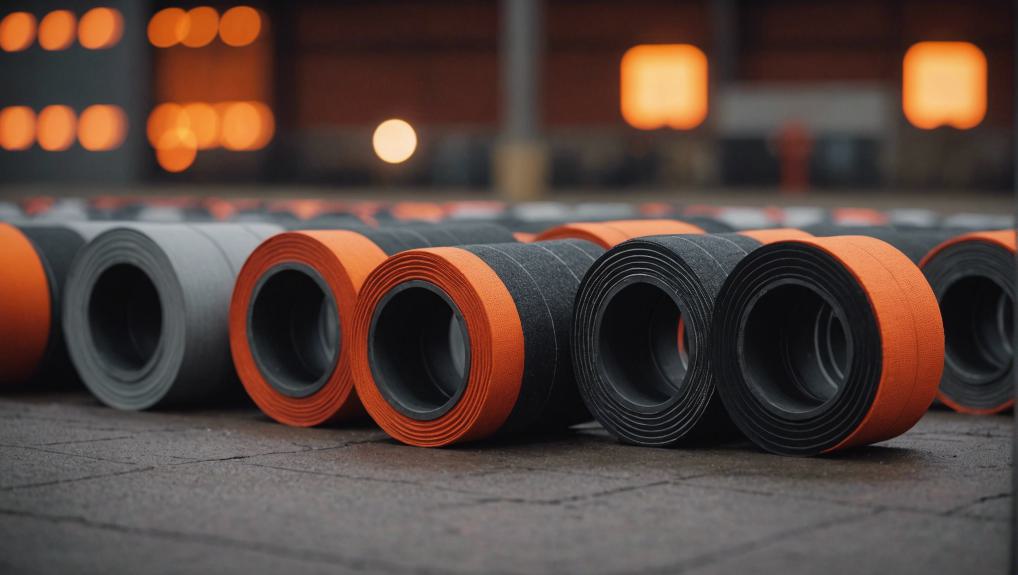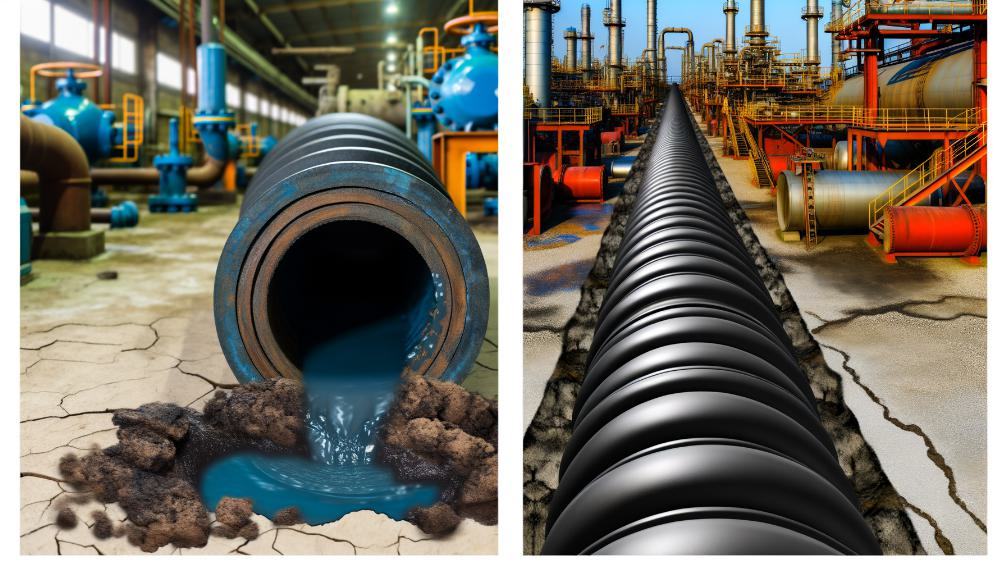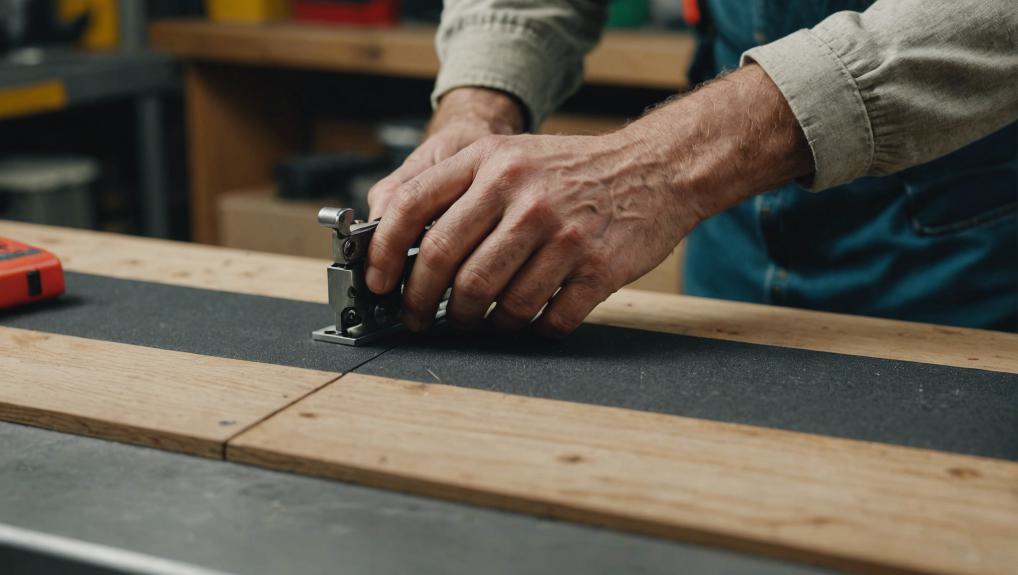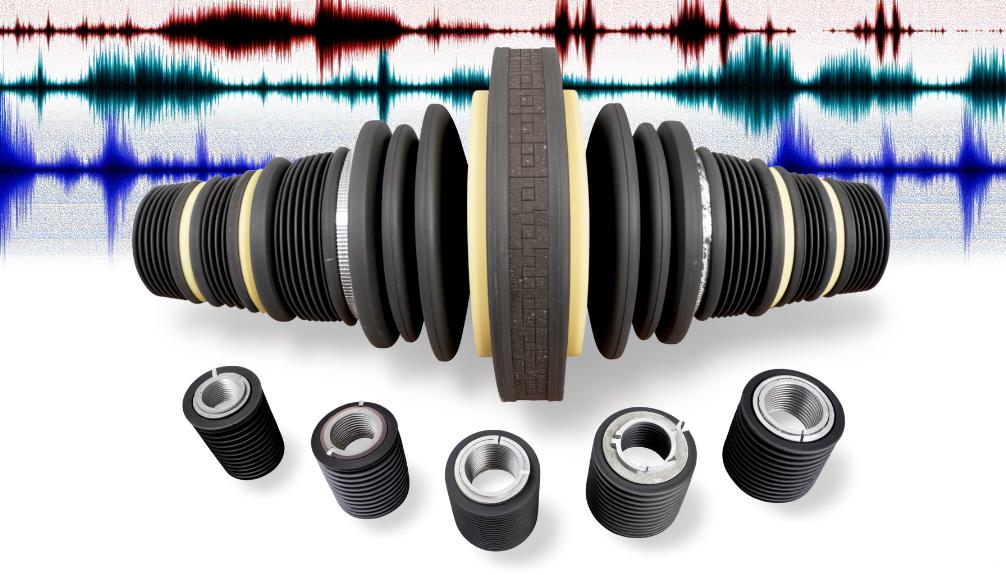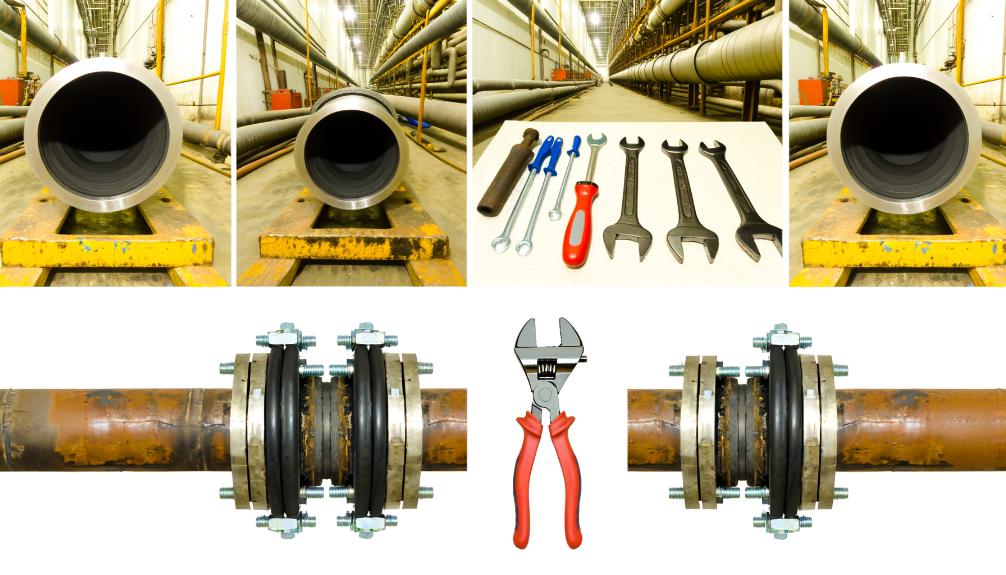Just as the ancient Roman aqueducts have withstood the test of time due to their ingenious engineering, so have rubber expansion joints exhibited remarkable longevity, a testament to their design and material resilience. You're likely aware that these components play a pivotal role in piping systems, absorbing thermal movements and vibrations. However, the secrets behind… Continue reading Why Do Rubber Expansion Joints Have Longevity?
Category: Expansion Joints
5 Types of Rubber Expansion Joints for Thermal Control
In assessing thermal control solutions, you'll find single sphere joints, twin sphere models, spool type joints, rubber arch joints, and concentric reducing joints each offer unique advantages. Your choice hinges on factors like thermal expansion, vibration absorption, and space constraints. For instance, while single sphere joints excel in compact systems, twin sphere models provide enhanced… Continue reading 5 Types of Rubber Expansion Joints for Thermal Control
Top Rubber Expansion Joints for High-Pressure Applications
Interestingly, as you're exploring solutions for high-pressure applications, you've likely encountered a variety of rubber expansion joints. Each type, from neoprene and EPDM to nitrile, butyl, and silicone offerings, boasts unique properties that make them suitable for specific environments and pressures. Analyzing their performance under various conditions, including temperature tolerance and chemical resistance, is crucial… Continue reading Top Rubber Expansion Joints for High-Pressure Applications
3 Best Maintenance Tips for Fabric Expansion Joints
Just discovered the top three maintenance tips for fabric expansion joints? Learn how to extend their life and efficiency here.
7 Top Fabric Expansion Joints for High Heat
From fiberglass to ceramic fiber, discover the top 7 fabric expansion joints for high heat applications and their unique benefits—learn more inside!
What Is the Significance of Correct Rubber Expansion Joint Sizing?
Imagine a carefully orchestrated symphony where every instrument plays its part with precision; similarly, in the world of piping systems, the correct sizing of rubber expansion joints is critical. You're dealing with components that must perfectly match the system's dynamics to prevent joint failure, enhance overall performance, and ensure safety. Incorrect sizing can lead to… Continue reading What Is the Significance of Correct Rubber Expansion Joint Sizing?
7 Steps to Customizing Your Fabric Expansion Joints
Gain insights into customizing fabric expansion joints with our seven-step guide, and discover how to enhance your system's performance and durability.
Top Fabric Expansion Joints Care & Maintenance Tips
Join us to uncover essential tips for maintaining fabric expansion joints, ensuring longevity and optimal performance; discover more inside!
Top 7 Rubber Expansion Joints for Earthquake Protection
In assessing earthquake protection, you must consider single sphere models, double sphere designs, and spool-type joints, each offering unique advantages in vibration isolation and displacement accommodation. Your focus should also extend to arch expansion joints, concentric reducer joints, tapered expansion joints, and rubber duckbill check valves, which all play pivotal roles in enhancing structural resilience… Continue reading Top 7 Rubber Expansion Joints for Earthquake Protection
Top Installation Tips for Rubber Expansion Joints
A staggering 80% of rubber expansion joint failures stem from incorrect installation practices, highlighting the critical nature of adhering to precise guidelines. As you embark on your next project, it's essential you conduct a thorough pre-installation inspection to identify any potential issues that could compromise the joint's performance. Ensuring correct orientation and adopting proper storage… Continue reading Top Installation Tips for Rubber Expansion Joints
